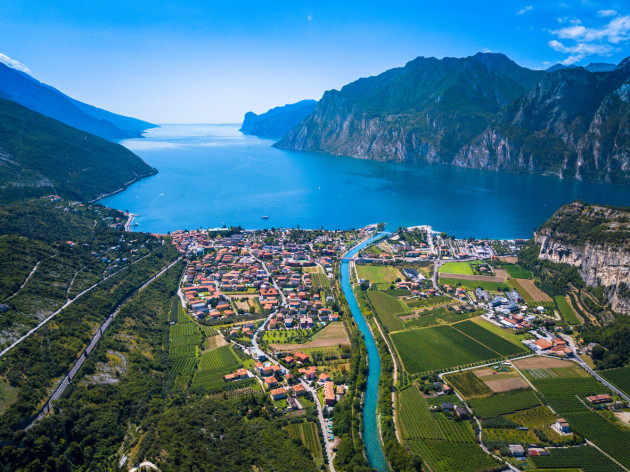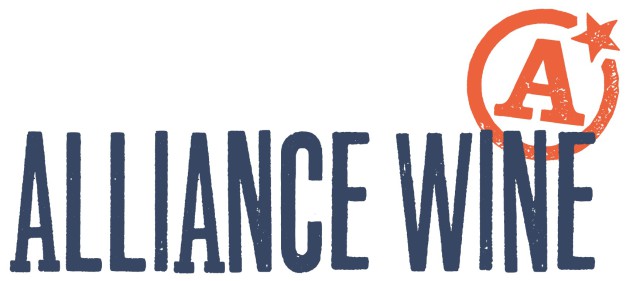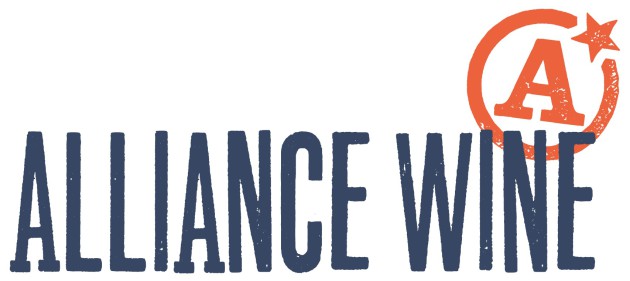
Friday read: The future looks bright for ambitious Garda DOC
With prices rising for wines from top Italian DOCs and other producers – thanks to high demand and prices coupled with the collapse in sterling – these are tough times for the UK wine trade, with the pressure on margins tougher than ever.
However, help may be at hand, thanks to the largest DOC you’ve probably never heard of.
In a region filled with famous wine appellations – Soave, Valpolicella, Lugana, to name just three – Garda DOC has been ploughing a largely unsung furrow since 1996, the year it was established. The consortium describes itself as an “appellation of appellations” due to the fact that 10 different, mainly Veronese appellations fall under its umbrella.
Garda DOC producers are focused mainly on the international varieties eschewed by those other 10 appellations, including Merlot, Riesling and Chardonnay. Such is the complex nature of Italian DOC regulations, some also make wines for the better-known DOCs, using the varieties permitted under their regulations, and until recently at least sold most of their international varietals to the millions who visit this beautiful region, which includes Verona but also Mantua to the south and to the west, the Valtenesi region, which stretches almost to Brescia and is famed for its pink wines.
Conscious perhaps that its producers been missing out on foreign sales, Garda DOC is now embarking on an ambitious international marketing/sales push, aided by the generally low prices of their wines but also vastly enhanced volume. Following changes to production rules, there are now around 4,000 growers in this huge DOC (31,000 ha spread across Veneto and Lombardy) against just 1,000 six years ago. Annual bottle capacity is 40 million, though currently just half of that is produced, although Garda DOC hopes to see this hit 30 million by 2025.
Last week, the Consortium held its first annual summit, attended by almost 40 journalists from 10 different countries, with producers from across the Garda DOC region showing their wines.
The strategy is, in essence, to use Lake Garda’s beauty and magnetic tourist appeal as a springboard for selling the wines which its literature describes as “luminous” with light a distinctive element of the style.
“Our aim is to create a strong mental association that connects the sparkling wines but especially the varietal ones, with the beautiful Garda region. We reckon Garda wines have a potential equal to the tourist appeal of Lake Garda,” says Paolo Fiorini, President of Garda DOC.
To this end, the Consortium is emphasising Garda DOC white wines – with Chardonnay, Pinot Grigio and Riesling amongst the key varieties – alongside sparkling, where Gargenega and Trebbiano di Lugana are generally used with the Martinotti or charmat method, and Chardonnay and Pinot Nero with the classic method. Reds and permitted blends will be promoted more aggressively at a later stage.
“Of Italy’s lakes, Garda has the most Mediterranean climate, and its cooling breezes and sharp diurnal temperature changes make a discernible positive impact on the wines,” says Garda DOC’s director Carlo Alberto Panont, who says boosting exports has become the top priority, especially to what are perceived as key markets, including the US, Germany, Scandinavia and the UK. The need to do so has become more pressing with the collapse of thirsty Russian visitors here, who used to number around 300,00 a year until Putin’s invasion of Ukraine shut that down, and the loss of the Russian export market.
So, what are the prospects for a sharp pick-up in imports of Garda DOC wines here? On a tasting visit to the region last week, my impression was the quality is variable – unsurprising, given the sheer size of the area. However, prices are pretty keen, certainly by Italian DOC standards – it’s quite rare to find wines above €15 a bottle, with most selling for somewhere between €5 to €10. All this suggests there is a lot here likely to be of interest to agencies and importers wanting to bolster their lists with decent Italian wines with a good price to quality ratio.
Ilaria Milanesi of the Ricchi winery is very proud of its award-winning Meridiano 2015 Chardonnay – the 2019 vintage is now current – and their Zero Dosage Metodo Classico but admits the price for each (around €15) is lower than it should be, given the high quality, as international varieties in this region do not attract higher prices. However, she believes the future looks bright because of Ricchi’s focus on terroir and organic husbandry.
“I think going forward our focus on purity and the environment will play a big role in boosting sales of our wines,” she says.
This is echoed by Naike Bertola of the Pratello winery in Valtenesi, which focuses on pink and sparkling wines, but also includes impressive full-bodied red wines made from the Rebo variety (including “Nero per sempre” or “Black Forever”) amongst its Garda DOC wines and a Riesling (“Italian style because being so far south, we really can’t do high-acid Germanic styles”). These are excellently made and well-priced wines, but for Bertola, it is the commitment to the environment that counts.
“All our wines are 100% organic and we view sustainability as absolutely key to all our wines, including the Garda DOC ones,” she says.
She adds that Garda DOC’s recent growth has been really useful in giving producers a platform they might otherwise have lacked, with their wines instead being listed as IGT and not being recognised by potential importers.
“We’ve come a long way but it’s important how we handle the future. We must really build on the progress that’s been achieved,” she says.
Keywords:
- UK
- US
- Producers
- Sparkling wines
- Italian
- Wines
- varieties
- international
- region
- prices
- says
- DOC
- Garda
- IGT
- international varieties
- garda doc
- garda doc wines
- italian doc
- 10 different
- future looks bright
- top priority especially
- thirsty russian visitors
- russian export market







